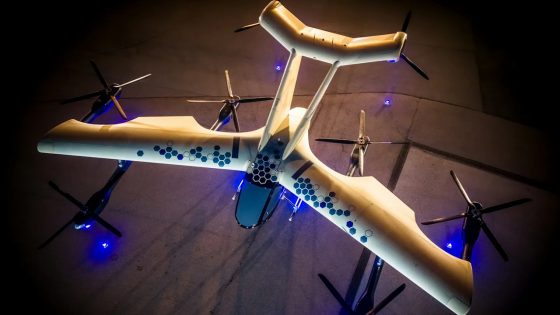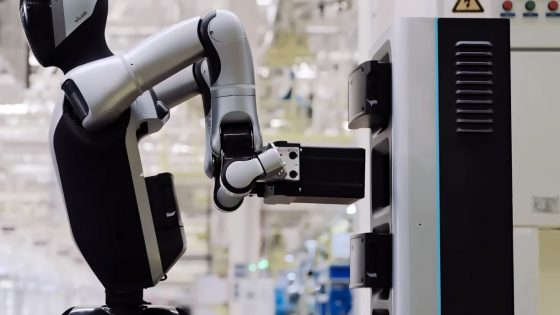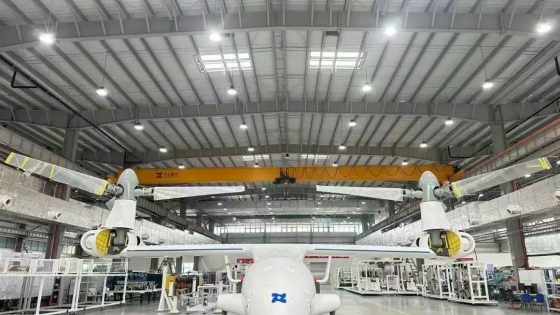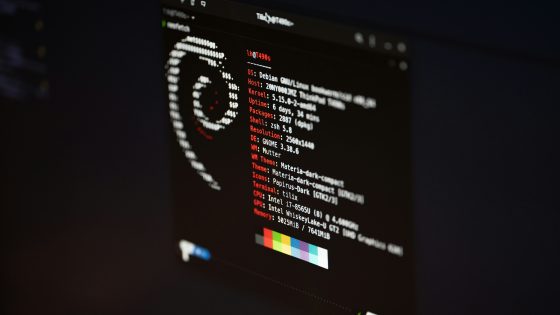The use of UI technologies in companies is limited by prohibitive costs and a lack of appropriate expertise

Indicators for monitoring the digital transformation of companies s the goal of a 75% share
In accordance with the objective of the European Commission and Slovenia in the field of digital transformation of companies, by 2030 three quarters of companies with at least 10 employees and self-employed persons should use cloud computing services (hired medium or more advanced services) and artificial intelligence technologies and perform data analytics (analyzed mass data).
This year, there were 8,576 such companies in the SORS observed population, or 5 % more than the year before and 11 % more than in 2021. Compared to 2021, the number of companies in the manufacturing sector increased by 12 %, and in the service sector by 10 %. The number of companies grew in activities with a lower level of digitalization.
In 2023:
- 36 % companies hire medium or more advanced cloud computing services,
- 19 % companies perform data analytics – in 16 % companies it is performed by company employees and for 6 % it is performed by other companies or organizations,
- 11 % companies use artificial intelligence technologies.
Three-quarters of large companies lease medium or more advanced cloud computing services
Cloud computing services are hired by 40 % companies with at least 10 employees and self-employed. Compared to 2021, the number of these companies increased by 5 %. The services are hired by 35 % small, 59 % medium-sized and 86 % large companies. In terms of the type of activity, they are hired by a third of companies in manufacturing and 48 % in service activities. Cloud computing services allow companies to access ICT without large initial investments in hardware and infrastructure, and can also reduce the company's carbon footprint by enabling better use of resources.
Medium or more advanced cloud computing services are rented by 36 % companies: 31 % small, 53 % medium-sized and 75 % large companies. These services are: renting security software as a cloud computing service (29 % companies), renting financial-accounting software (19 %), renting hosting services for a company's database (18 %), renting an ERP software solution via the cloud (10 %), renting a computing platform that provides a hosting environment for developing, testing or deploying applications (reusable software modules, application programming interface – API) (10 %), or renting customer relationship management (CRM) software via the cloud (8 %).
Last year, companies allocated around EUR 91.5 million (excluding VAT) to the rental of cloud computing services: small companies around EUR 29.7 million, medium-sized companies around EUR 27.6 million and large companies around EUR 34.1 million (all values are without VAT). A tenth of the companies that rented cloud computing services had no costs because, for example, settled by the parent company.
The most widely used UI technology remains the technology for recognizing objects or people based on image, video
Artificial intelligence technologies are used by 11 % companies: 9 % small, 17 % medium-sized and 53 % large companies. Compared to 2021, the number of companies has increased by 8 %. They are used by 9 % companies in manufacturing and 14 % in service activities.
Companies use the following artificial intelligence technologies:
- technologies for identifying objects or persons image-based, e.g. product, fingerprint, face, object, video recognition – 6 % companies,
- technologies that generate written or spoken language (natural language generation) – 5 %,
- machine learning (eg deep learning) to analyze data and technologies that automate various workflows whether they are helpful in decision-making (robotic process automation using artificial intelligence) – 3 %,
- technologies that convert spoken language into a machine-readable format (speech recognition) – 2 %,
- technologies that analyze written languages (text mining), etcechnologies that enable the physical movement of machines with autonomous decision-making based on environmental observation (e.g. autonomous robots, self-driving vehicles, autonomous drones) – 1 %.
In more than a quarter of the companies, the UI technology used was developed by the company's employees
Companies using AI technologies most often acquired them through the purchase of commercial software or a system (they may have been included in a purchased product or system) (68 %). For 36 % companies, the AI software or system was developed or adapted to the company's needs by external contractors, in 33 % companies, the commercial software or system was adapted to the company's needs by employees of the company (including employees of the parent or affiliated companies), in 28 % companies, the open source software or system was adapted to the company's needs by employees of the company (including those of the parent or affiliated companies). In 27 % companies, it was developed by employees of the company (including those of the parent or affiliated companies).
A quarter of companies use UI technologies in production or service processes
68 % companies use artificial intelligence technologies for the protection and secure use of information and communication technology, a quarter in production or service processes, 21 % for marketing or sales and the same share for research and development (R&D) or innovation activities, a fifth for the organization of business administration or company management, 15 % in accounting, for financial control or management, and 11 % in logistics.
High costs and lack of expertise are the most common reasons for not using UI technologies in companies
Among companies that do not use AI technologies, 8 % have already considered using them. Their number has increased by 28 % compared to 2021. For 54 % companies, the reasons for non-use are excessive costs and lack of appropriate expertise. A third of companies responded that artificial intelligence technologies are not useful for their company: 39 % small, 18 % medium-sized and 13 % large companies.
Transaction records are the most commonly used data sources for performing data analytics
Data analytics is performed by 19 % companies with at least 10 employees and self-employed – in 16 % companies it is performed by employees in the company, and for 6 % companies it is performed by other companies or organizations. Data analytics is performed by employees in 11 % small, 32 % medium-sized and 71 % large companies. In terms of the type of activity, it is performed by 12 % companies in manufacturing and 20 % companies in service activities. Companies analyze data with the aim of identifying patterns and trends and gaining insight into their business. Based on this, decisions are made to improve business efficiency, e.g. increasing production, reducing costs.
Companies perform data analytics based on data from the following sources:
- 14 % companies with data from transaction records, such as sales, payment data,
- 10 % s customer data, such as information about the customer's purchases, his location, preferences, given opinions or searches,
- 5 % s online data, e.g. data about trends in internet search engines (eg how often users search for a certain term), data scraped from websites,
- 4 % s data from smart devices or sensors, e.g. data from communication between devices, from sensors in machines, production sensors, smart meters, radio identification tags (RFID), and with open data of public institutions, e.g. public data on companies, on weather conditions, on topographical conditions, on registered vehicles, on salaries of budget users, on traffic, on apartments, on buildings,
- 3 % s data from social media (e.g. Facebook, Twitter, Instagram), including data from company profiles on these social media, e.g. personal data, comments, audio and video clips, pictures, and location data obtained from portable devices or vehicles, e.g. data from portable devices that use mobile phone networks, wireless connections or GPS,
- 1 % s satellite data, e.g. satellite images, navigation signals, position signals.
Last year, 1 % companies sold their own data or access to data, e.g. those generated by the company's operations, the use of the company's smart devices or sensors, the company's customer data or other data. 2 % companies bought data or access.




























